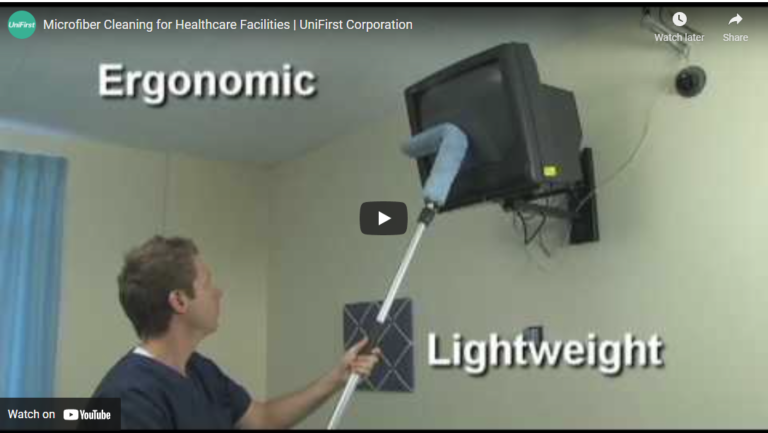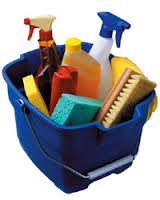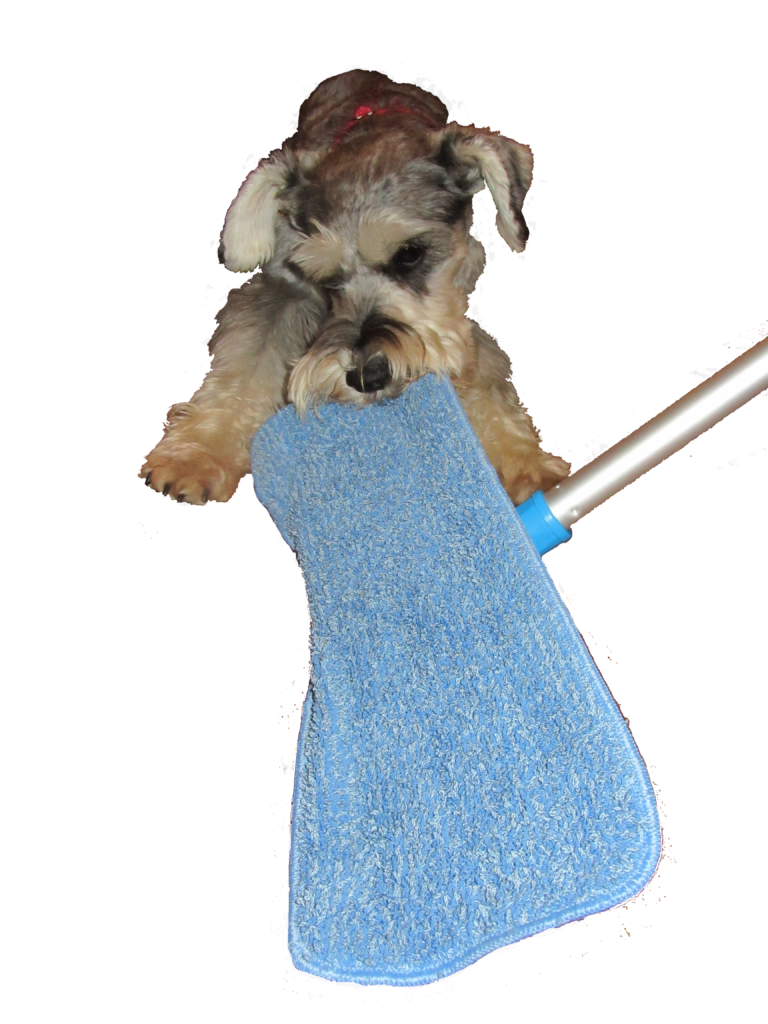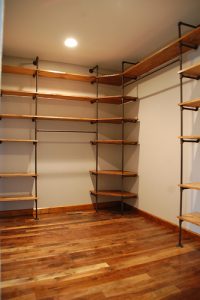So, How Do You Clean Microfiber?

Microfiber is a technologically engineered material that has absorption qualities like no other. The split microfiber is better suited for products like our mop pads because this gives the material extra dirt and dust grabbing features. Your microfiber sheets are soft, but that isn’t split fiber. That type of microfiber is made for softness, not absorption. Cleaning microfiber is easy, but it’s best to exercise care to maintain the absorption quality of the material.
First, What Exactly is Microfiber?
The sludge and residue from refined oil is what microfiber is engineered from. Surprised? Well you shouldn’t be. The leftover refined product is turned onto an innovative product called polypropylene that can be used to produce olefin fiber from which microfiber is made. See the illustration, the top image demonstrates the ability of the microfiber to collect dust and dirt particles, filling all the “V” cracks and crevices. The more common cotton cleaning pads are not capable of trapping as much dust and debris, therefore, leaving behind residue.
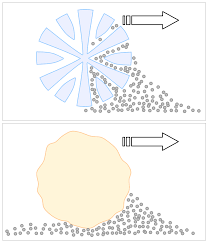
The top image is an illustration of a split microfiber, and the bottom is illustrating common cotton fiber.
Microfiber Cleaning Process
Well, now that you have a super dirt trapper with your microfiber mop pads, you also have the problem of cleaning the reuseable product. Wash and dry them. Is it that simple? Well yes, but you need a few guidelines:
- Don’t mix microfiber loads with other fabrics
- Don’t use bleach
- Don’t use fabric softner
- Use basic detergent, no additives- usually cheaper!
- Use medium dry cycle or drip dry
First of all, don’t mix microfiber materials with other fabrics in your wash load. The nature of the microfiber is to attract debris and moisture, but when the fibers are trapped with cotton fibers or lint they no longer can do the job they were designed to do.
Bleach has a tendency to break down the synthetic fibers. It isn’t necessary to use bleach to get the pads clean, just presoak before washing. So, if your pads come from someplace that says you can use bleach, trust me, they just want you back as a customer sooner because your pads are going to break down.
Need more microfiber mop pads?
Click Here!
Fabric softener only clogs the cracks and crevices that normally trap all the dirt, dust and debris. If the fibers are clogged they lose the ability to attract anything including water. Your pads will become non-absorbent pushing the water or solution around, streaking your surfaces with sludge, watermarks and leftover debris.
Opt for the basic detergent without all the softeners and bleach additives. They are usually cheaper anyway. I didn’t say skimp on the quality, just the additives.
Lastly, keep the microfiber away from heat. As we already discussed, this is a synthetic material. Yes, durable and strong but flammable. Have you ever watched synthetic fibers burn? They melt and break down. If you dry the load, use medium to low heat for best results.
You’ll be able to wash your microfiber mop pads many, many times without destroying them if you follow these uncostly and simple guidelines.


